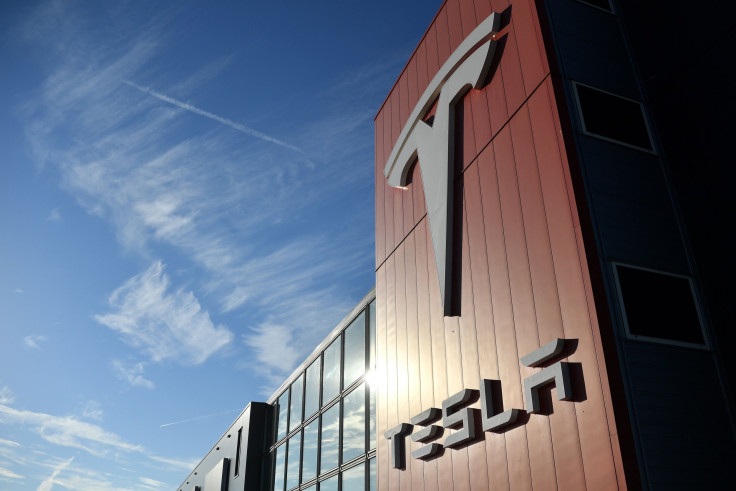Tesla Moves Closer To Profitability

Despite shipping and selling a record number of vehicles in Q2, Tesla (NASDAQ:TSLA) posted another loss during the period. However, that loss was narrower than it was in the year-ago quarter, highlighting how the company is moving closer to profitability.
The quarterly update comes as Tesla continues to ramp up Model 3 deliveries as part of an effort to achieve greater economies of scale and ultimately become a self-funding company without the need to regularly tap into debt and equity markets for new capital.
Here are the key takeaways from the update.
Tesla's second-quarter results: The raw numbers
Tesla's total revenue in its second-quarter increased 59% year over year to $6.3 billion, driven primarily by a 60% increase in automotive revenue. The lower revenue growth rate compared to Tesla's 134% year-over-year increase in vehicle deliveries was due to a lower average selling price for its vehicles. That's because the company's lower-cost Model 3 accounted for 81% of vehicle deliveries during the quarter, up from 45% in the year-ago period.
Both Tesla's net loss per share under generally accepted accounting principles (GAAP) and non-GAAP (adjusted) loss per share narrowed. Its GAAP loss per share was $2.31, an improvement from a loss of $4.22 in the second quarter of 2018. Its non-GAAP loss per share was $1.12, narrower than a $3.06 non-GAAP loss per share in the year-ago quarter.
Though management didn't provide specific guidance for its earnings per share in Q2, it did say in its first-quarter shareholder letter that it didn't expect to be profitable until the second half of the year.
What management had to say
Management was pleased with its record vehicle production and deliveries during the quarter. "This is an important milestone, as it represents rapid progress in managing global logistics and delivery operations at higher volumes," Tesla said in its second-quarter shareholder letter.
The company also notably said it believes its business "has grown to the point of being self-funding." Though Tesla lost money on an accrual basis on its income statement during the period, the company was cash flow positive.
Highlights
- Tesla generated $614 million of free cash flow (operating cash flow less capital expenditures).
- Cash and cash equivalents were $5 billion, helped by positive cash flow and an equity and debt offering during the quarter.
- Model 3 maintained an average selling price of $50,000 despite the introduction of lower-cost versions.
- Model 3 production rates were at a record high in June.
- Tesla's automotive gross margin was 18.9%.
Looking ahead
Tesla importantly maintained its full-year outlook 360,000 to 400,000 vehicle deliveries. Representing 45% to 65% year-over-year growth, this guidance shows how healthy the demand is for the electric-car maker's vehicles.
Management also reiterated its guidance for positive GAAP net income in Q3 and beyond. But Tesla emphasized that "continuous volume growth, capacity expansion, and cash generation will remain the main focus."
This article originally appeared in The Motley Fool.
Daniel Sparks owns shares of Tesla. The Motley Fool owns shares of and recommends Tesla. The Motley Fool has a disclosure policy.





















